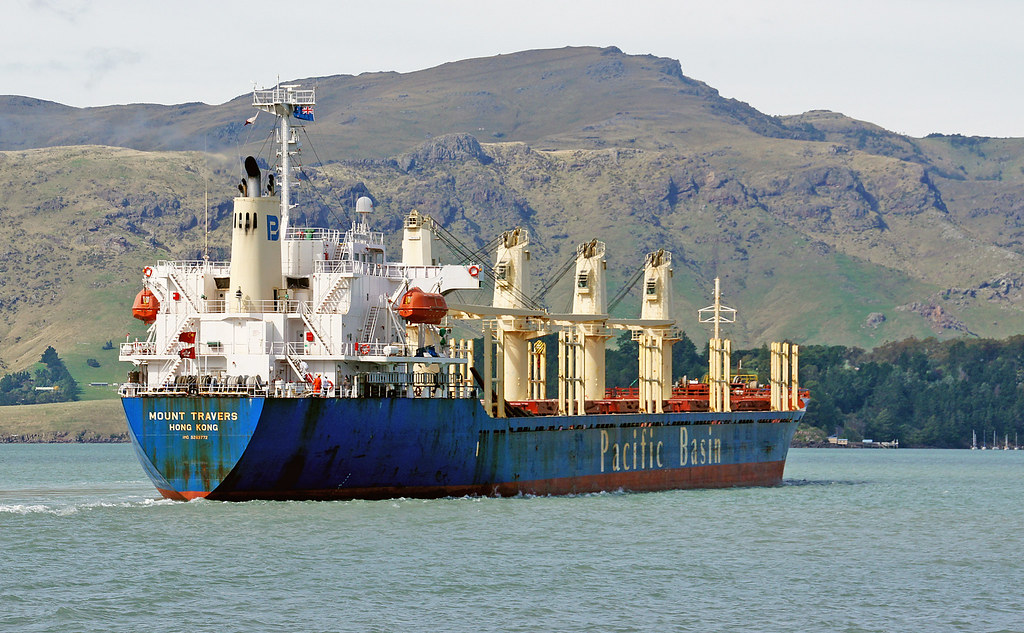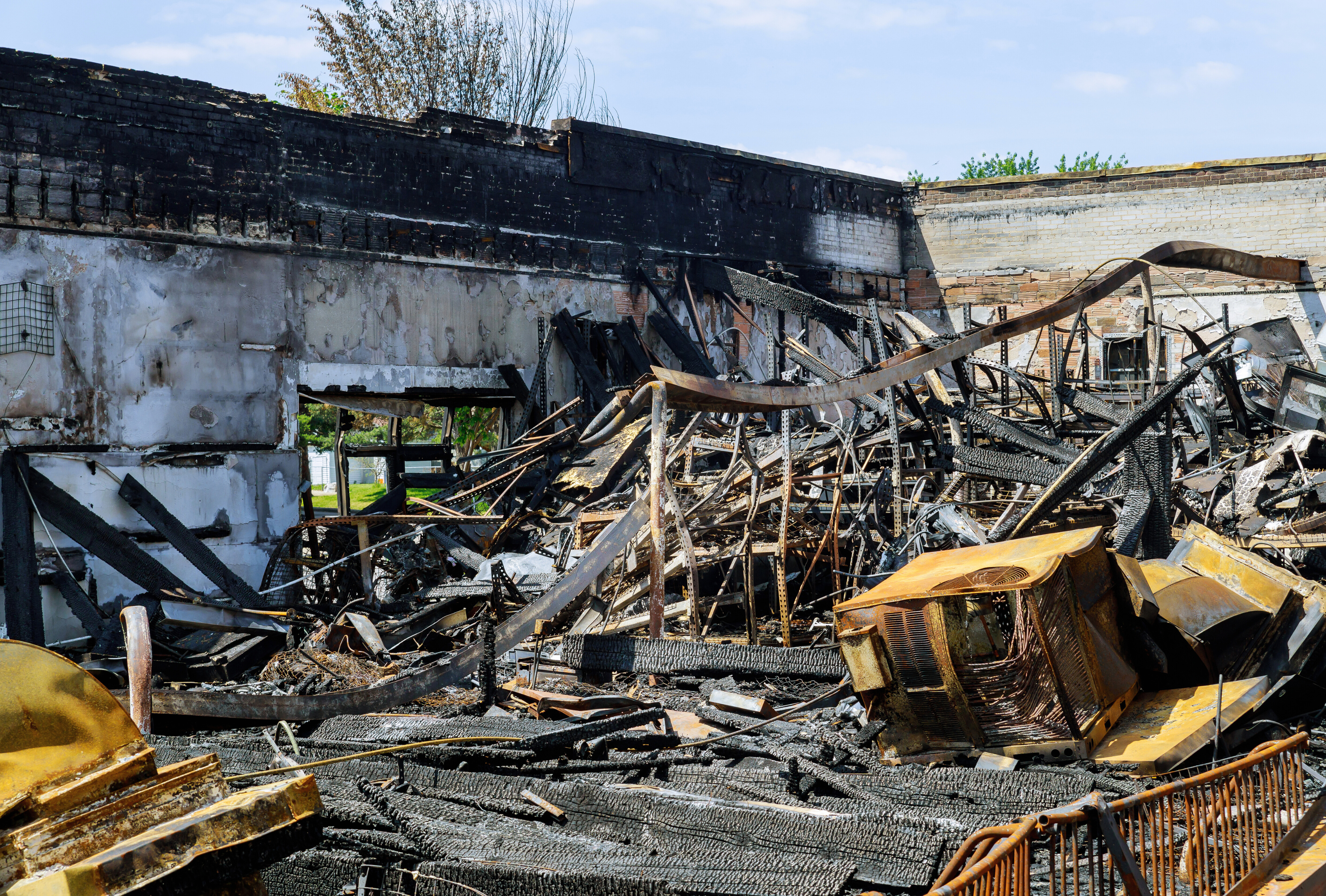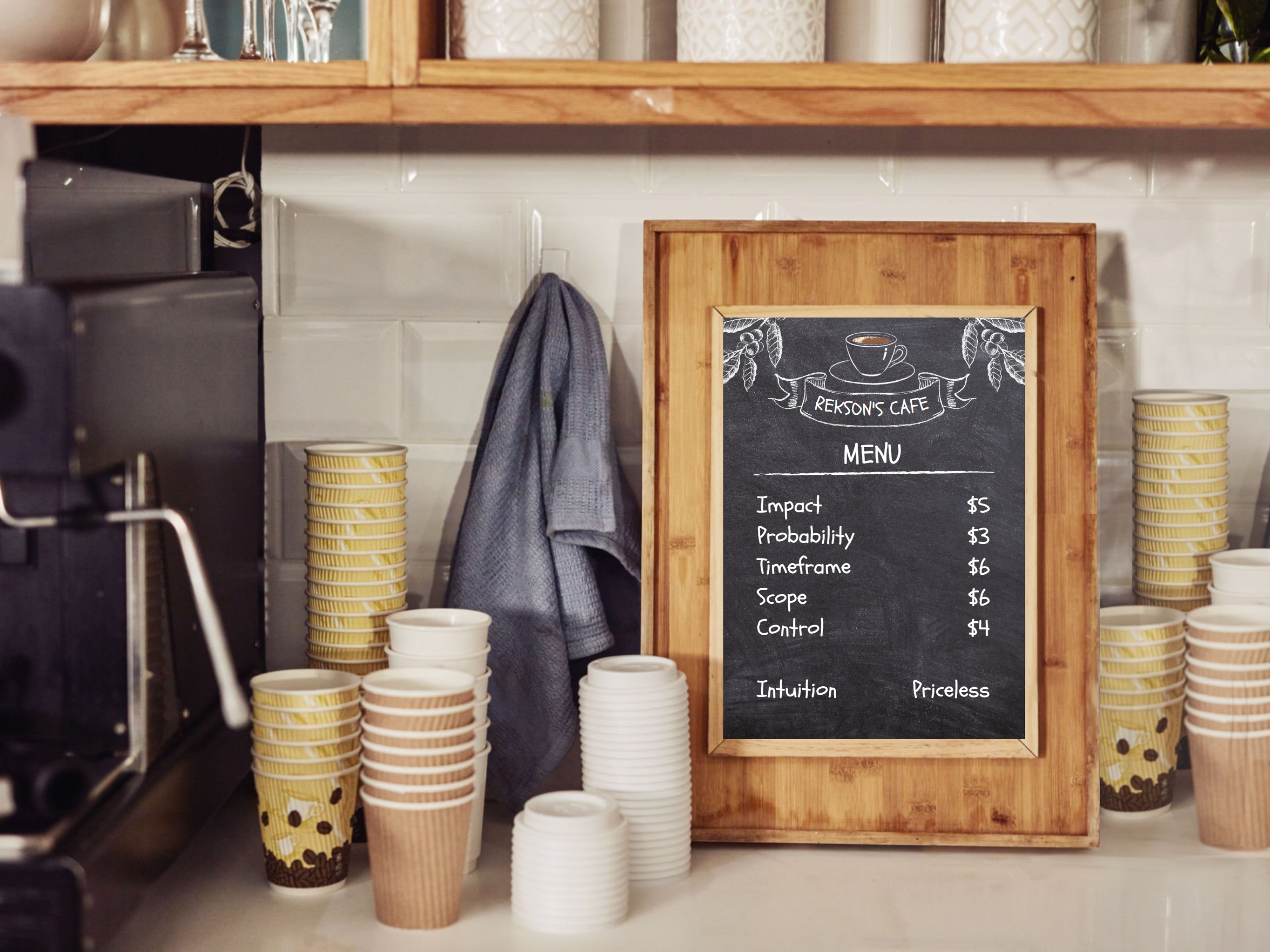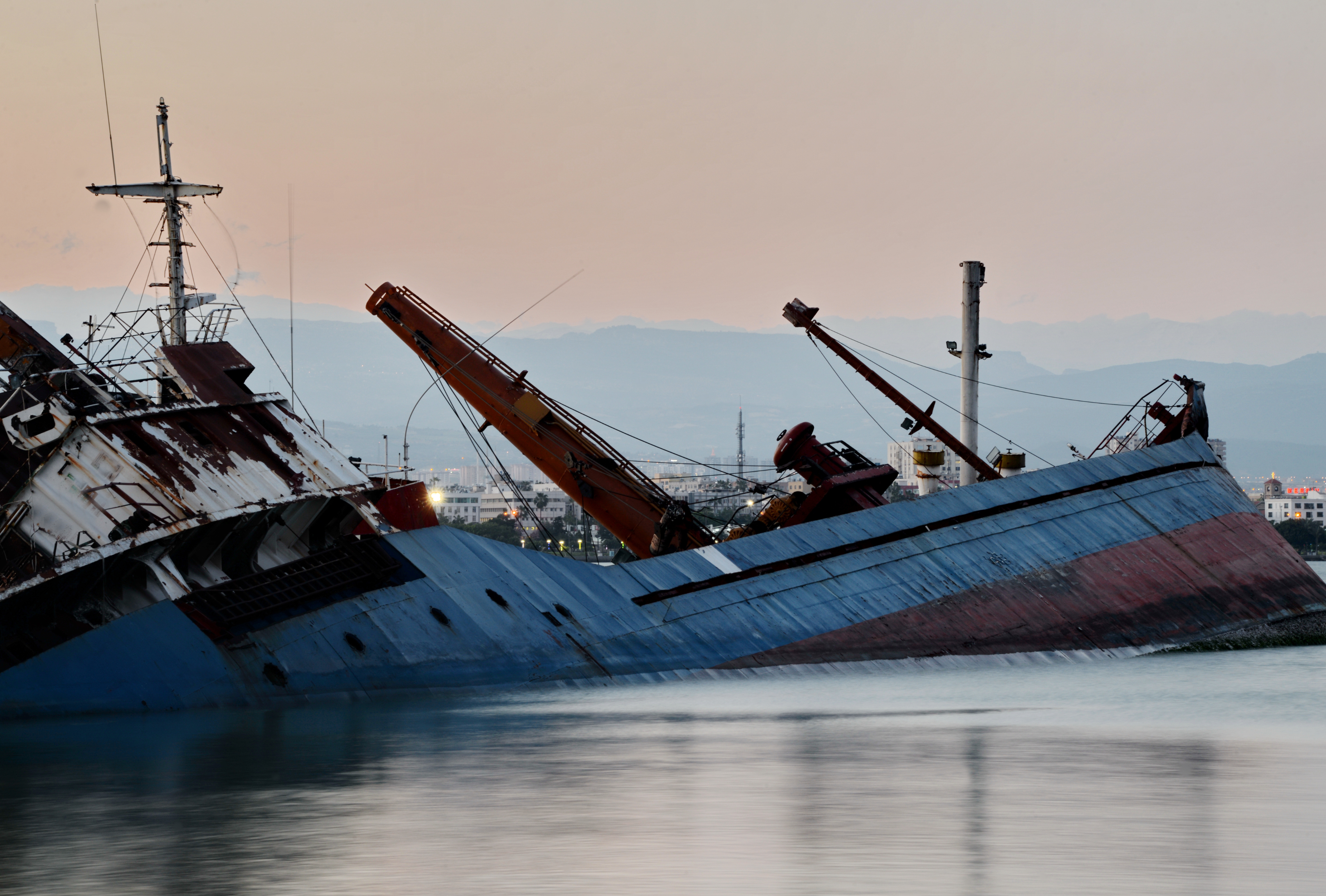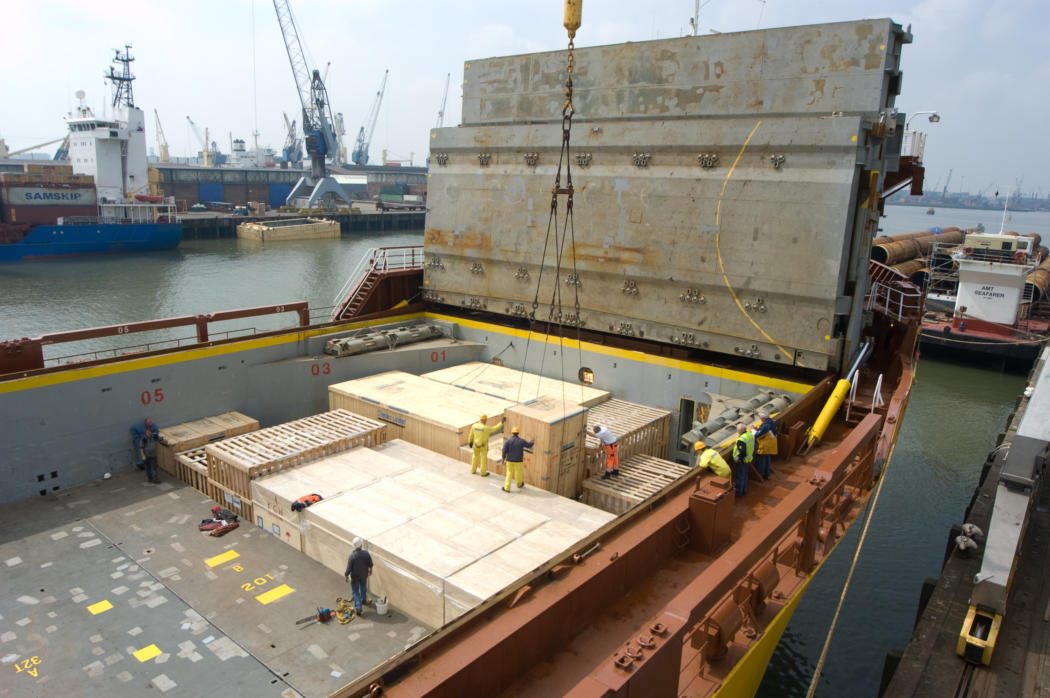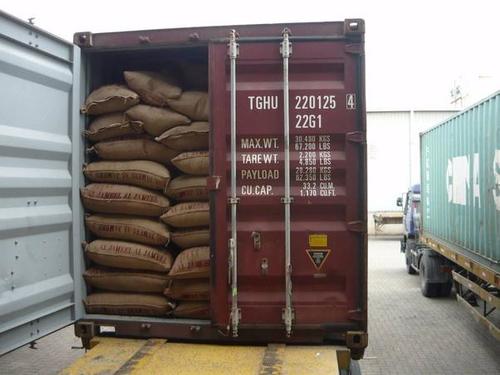Just a few weeks ago, depending upon when you counted or when you looked at the live picture of global vessel movements (always fun and astounding: check out vesselfinder.com or marinetracker.com), more than 100 container ships could be counted off the California coast awaiting a berth at the Port of Los Angeles/ Long Beach.Many of these ships are carrying thousands of containers ladened, more than likely, with consumer goods destined for retailers readying for the Christmas rush.
Even with the United States federal government stepping in to ramp up port operations around the clock, the snarl continues. Some have suggested that vessels simply continue to call at other ports along the western seaboard, but that is fraught with insurmountable hurdles of additional logistics problems, and at whose costs?
When the quagmire is the lead story on the CBS network news magazine 60 Minutes documenting each party in the supply chain pointing fingers at the other, the situation is dire. Alas, the proverbial sink is backed-up. What an utter mess.
Marine insurers are greatly concerned with growing values at risk. Hundreds of millions of dollars of cargo per each ship – in essence, floating banks – and billions in aggregate value are literally anchored in a concentrated area a few miles off-shore.
The back-up is exacerbating an on-going container positioning shortage where ramp-ups after Covid dips are demanding sky-rocketing freight prices if containers can be found at all.
This issue has spread to more than just the trans- Pacific trade.
The effects are being felt globally as goods are unable to move in the quantities necessary to alleviate already stressed warehouses and supply chains from the previous year’s bumper crop (think Brazil). As the new crop streams in they are bursting at the seams.
Even the most conscientious of warehouse workers can have a difficult time turning away product. This results in either exceeding recommended capacities in existing warehouses or finding new space in sub-par facilities – another potential nightmare scenario for cargo insurers. What can be done?
Testing an Old Method
Fortunately, coffee flows from all over the world. Other trade routes via other ports may avoid at least the congestion at Los Angeles/Long Beach. A pivot to another origin could be a temporary remedy, much like highlighting a special flavour protocol.
Another option is to convert shipments from containers back to the old-fashioned shipping method – breakbulk. This does not mean spraying the beans in singled-lined containers, but actually stowing green beans – in jute bags or super sacks – in the holds of general cargo ships and eschewing containers all together. Thirty years ago, this was commonplace in the coffee industry.
Nowadays, breakbulk shipping seems almost like a lost art, overtaken by the convenience and efficiencies that container shipping has brought. Switching back to bulk unfortunately is not as easy as trying out a new liner service. It can be fraught with its own pitfalls.
First, as the name implies, shipments are ‘in bulk’ – meaning it is rather difficult to participate on smaller quantities; and there are more logistical pieces to the movement that must be overseen.
Next, the freight agreement, typically called a Charter Party, needs to be carefully examined. This document outlines the terms of carriage between the vessel owner or operator and the cargo owner who will either charter the vessel or be a party to another’s charter. It will specify the type of use of a specific vessel, simplistically, to a single voyage or for an allotted time frame.
The Charter Party should define the responsibilities of both sides regarding lay time, loading, crew, demurrage, and discharge, to name a few. Any one of these elements naturally comes with its own liability.
Luckily, in the same ambit of a merchant’s marine cargo policy, its insurers should be well versed in Charterer’s Legal Liability to offer needed protection to the myriad of responsibilities assumed in the Charter Party.
Much of the underwriting will depend on the specifications of the vessel such as its age, IMO (International Maritime Organisation) registry (these are any goods of which the properties or characteristics pose risk to people’s safety and security), classification certificates, and underlying hull and P&I (Protection & Indemnity) Insurance.
Breakbulk shipments could be a vital alternative to alleviate backed-up cargo by moving larger quantities to destination. Additionally, the smaller general bulk cargo ships can typically call on more and varied ports, which will also avoid the congestion of the major ports that the larger containers ships are demanding.
But breakbulk must be undertaken in the full light of day to avoid costly mistakes and potentially unknown liabilities. Working with your insurance broker and creating a tailored marine insurance program to handle all facets of your movement, both in cargo insurance and charterers legal liability can help merchants unravel the snarl of today’s container movements.




